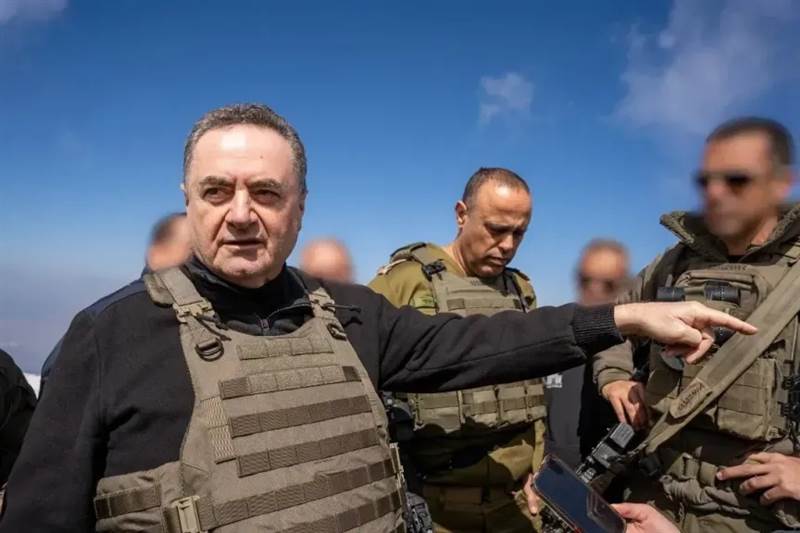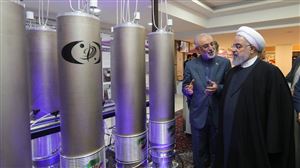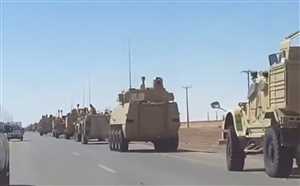The Brutality of Houthi Regime in Yemen: A Parallel to Assad’s Repression in Syria
The fall of Bashar al-Assad's regime in Syria revealed the savage face of his repressive system, which threw thousands of Syrians into dark prisons, where they were disappeared for years. Some spent their entire lives behind bars, while others died under torture and cruelty.
After the regime’s collapse, opposition forces opened dozens of prisons, bringing life back to thousands of regime opponents and those belonging to non-Alawite sects, who had been buried underground for decades and were lucky enough to return to their families after years of forced disappearance.
The fall of Assad exposed the scale of suffering, revealing the most horrific forms of torture and human rights violations, shocking the world. Syrian sources report the existence of secret underground prisons that have not yet been uncovered, with ongoing attempts to locate prisoners believed to be held in underground cells beneath the notorious Sednaya prison, known as "the slaughterhouse."
This tragedy has rekindled the wounds and suffering of Yemenis, which are not much different. What Assad’s regime did to Syrians, Lebanese, and Palestinians is being mirrored by the Houthi group, backed by Iran and classified as a terrorist organization. The Houthi militia engages in repression, killing, and torturing thousands of citizens, especially those opposing the group, who are kidnapped, imprisoned, and forcibly disappeared.
The crimes committed by the Houthis are no less brutal than those of Assad and his regime, with the group's prisons overcrowded with thousands of civilians, activists, youth, elderly, children, and women. Hundreds of victims have died under torture, while many others have suffered permanent disabilities.
This special report by "Defense Line" covers the key leaders of the Houthi group, including those responsible for the prisons and those directly involved in crimes of abduction, enforced disappearance, and acts of repression and torture. The report is based on information obtained, documents reviewed, as well as international and human rights reports and testimonies from freed detainees.
Houthi Intelligence and Security Apparatus:
The Houthi intelligence and security forces manage a series of prisons under various leaders, including the prominent figures responsible for overseeing and operating the prisons, where they carry out systematic torture. Key individuals in the security apparatus are implicated in these crimes, and many prisoners, including former US embassy employees, UN staff, humanitarian workers, and journalists, are subjected to arbitrary detention and harsh treatment. The prisoners face psychological and physical abuse, including mock executions, beatings, electric shocks, and denial of medical care, leading to permanent injuries and, in some cases, deaths.
Key Houthi Figures and Their Roles in the Prisons:
Security and Intelligence Apparatus: Managed by Abdulhakim Hashem Ali Al-Khawani, with deputy Abdulqader Ahmed Al-Shami and other senior officials.
Houthi Military Prisons: Overseen by Abdullah Ali Al-Hakim, head of the military intelligence, with other senior figures responsible for specific detention centers.
The Zainabiyat: A female-led security network used by the Houthis for suppression and targeting of women activists opposing the group.
The U.S. Treasury Department has included the Houthi National Committee for Prisoner Affairs, led by Abdulqader Al-Murtada, in its terrorism lists, accusing them of overseeing systematic human rights violations, including torture, extrajudicial killings, and the arbitrary detention of civilians.
"What is happening in Yemen? What caused the war? And who ignited it?












Comments